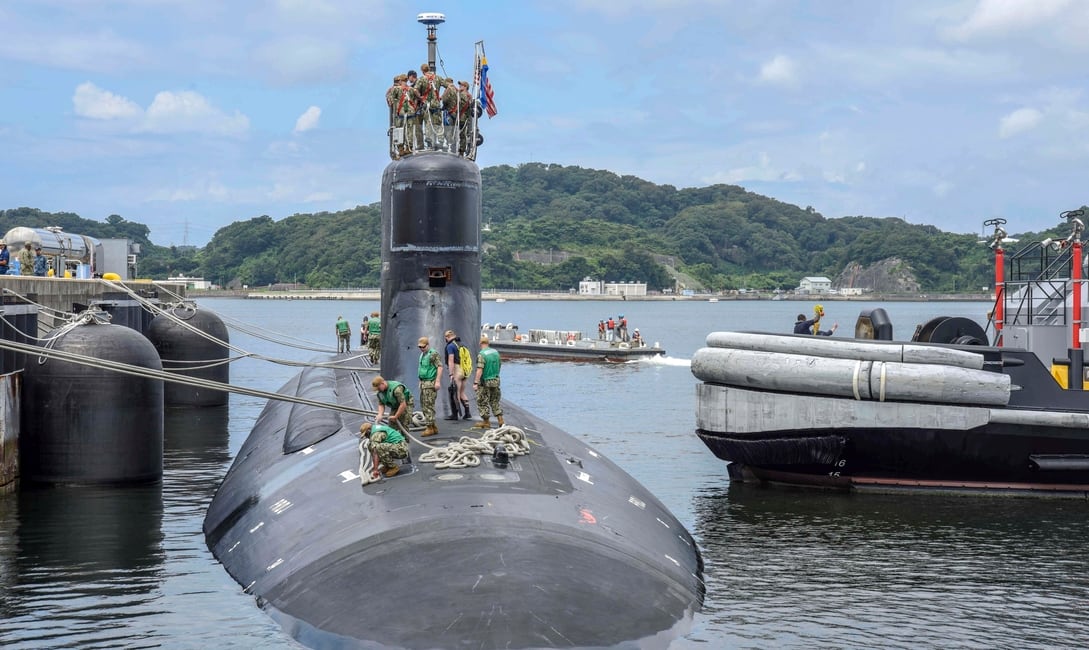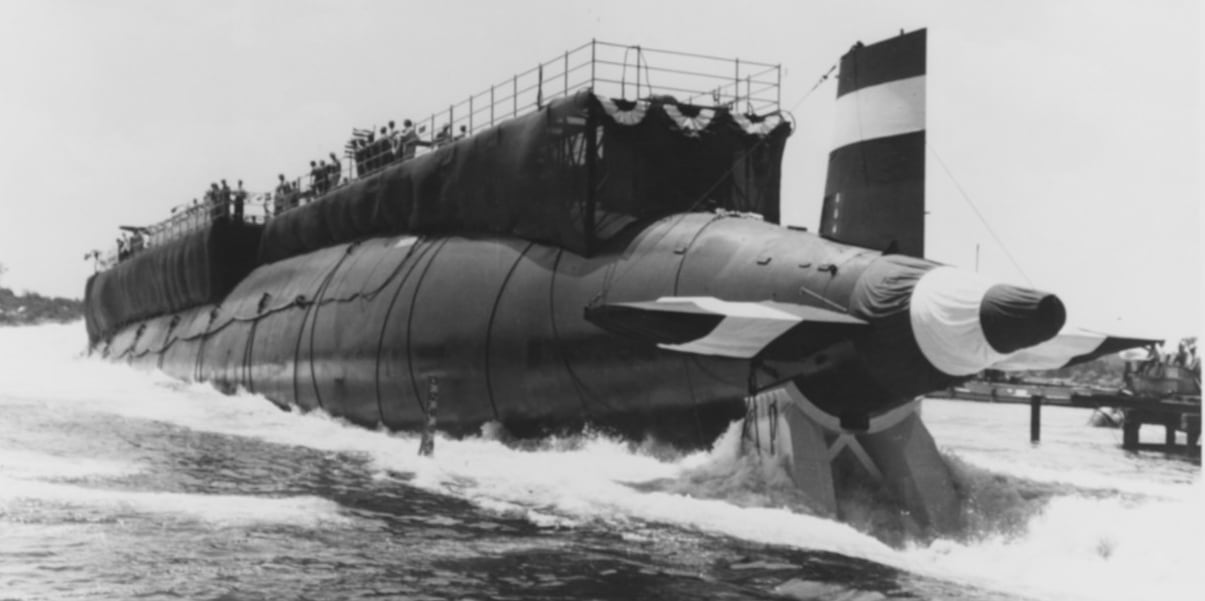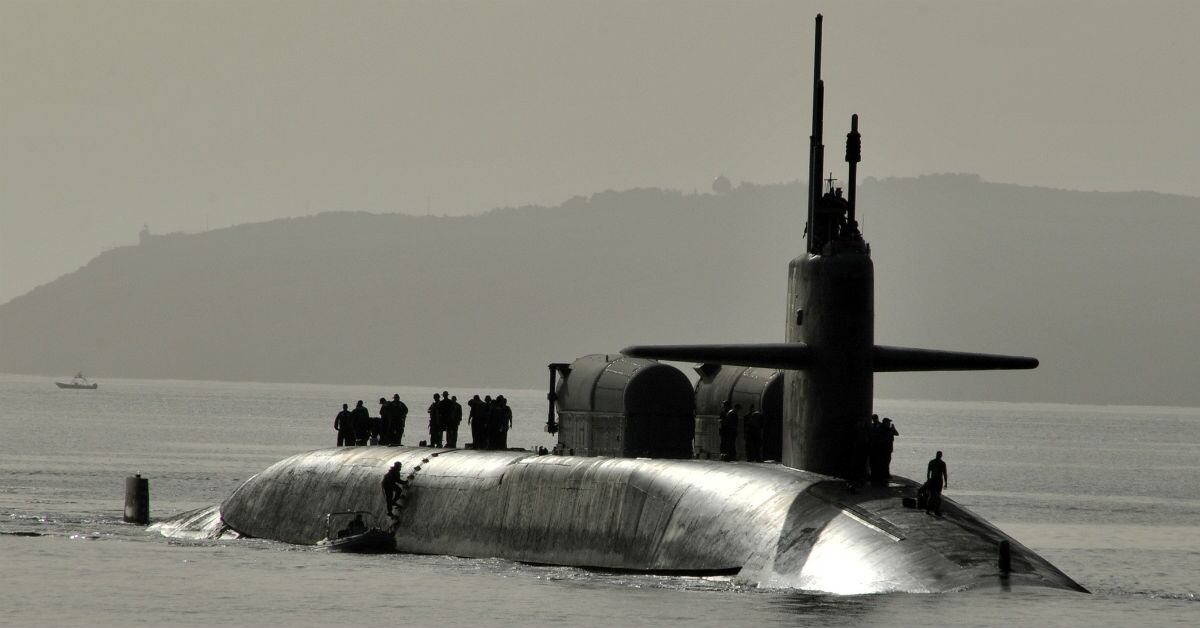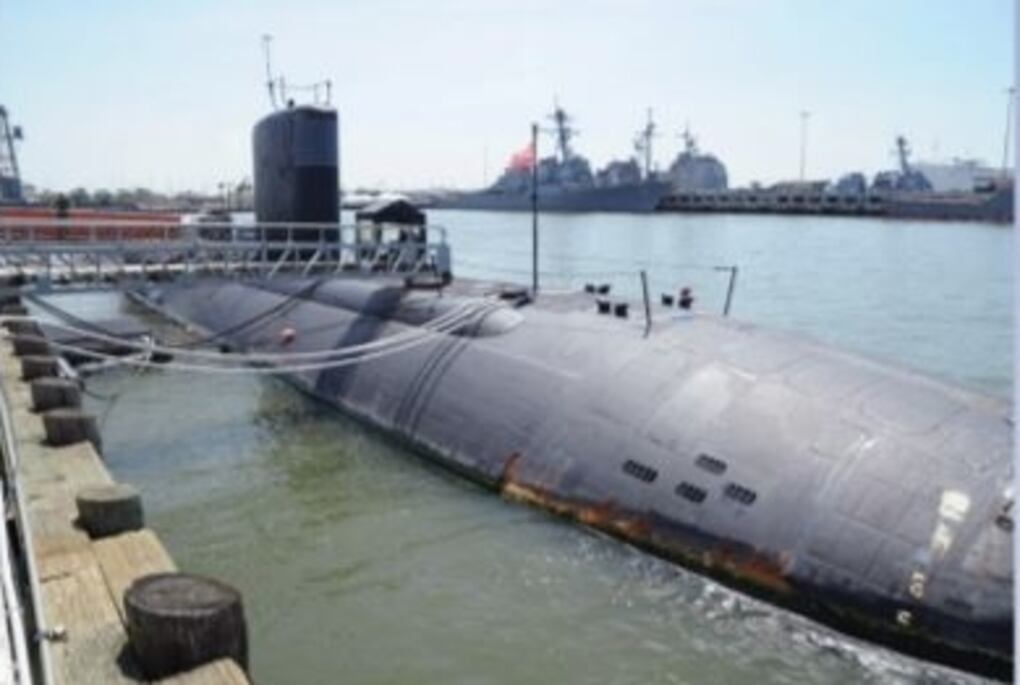A scathing audit by the Government Accountability Office has found that chronic and persistent maintenance delays continue to dog the Navy’s fleet of 51 attack submarines, costing taxpayers $1.5 billion for boats that sat idle.
Released last week and piggybacking on a classified report provided to Congress on Halloween, the GAO analysis determined that between fiscal years 2008 and 2018, the Navy’s attack submarines incurred 10,363 days of idle time and maintenance delays because they can’t get into or out of repair shipyards.
GAO investigators pointed to the poster child of the Navy’s fast-attack sub readiness woes, the Boise.
Originally slated to enter an extended maintenance availability in 2013, heavy shipyard workload forced the Navy to delay the start of repairs. By mid-2016, the Los Angeles-class submarine could no longer conduct normal operations and then languished pierside for two years.
To GAO, the Boise is a symbol for deeper maintenance problems within the service.
The Navy spends about $9 billion to operate and sustain a fleet of 51 stealthy and silent nuclear-powered Los Angeles-, Seawolf- and Virginia-class boats that, in the event of a war, would be tasked with hunting enemy warships and submarines, collecting intelligence and surveillance, striking targets on land and inserting special operations forces.
Over the past decade, however, the Navy spent more than $1.5 billion to support attack subs that provided no operational capability, despite the increasing demands of combatant commanders worldwide for their services.
“While the Navy would incur these costs regardless of whether the submarine was delayed, idled, or deployed, our estimate of $1.5 billion represents costs incurred from fiscal year 2008 through fiscal year 2018 for attack submarines without receiving any operational capability in return,” GAO determined. “While acknowledging the magnitude of these costs, Navy officials stated that there may be some benefits that could be realized from these operating and support costs since crews on idle attack submarines can conduct some limited training.”
GAO investigators cited 14 attack subs that combined to spend 61 months — 1,891 days — idling while waiting to enter shipyards for repairs. Delays inside the yards compound the total length of delays boats can face, too.
The most expensive costs were associated with the Seawolf-class boats. GAO estimated that each day one sat idle cost the American taxpayer $205,705.

While GAO credited the Navy with efforts to address the chronic problems with workforce shortages at public depots —Portsmouth Naval Shipyard, Norfolk Naval Shipyard, Puget Sound Naval Shipyard and Intermediate Maintenance Facility, and Pearl Harbor Naval Shipyard and Intermediate Maintenance Facility— the investigators found that leaders still failed to effectively allocate maintenance periods among both public and private shipyards.
In fact, attack submarine maintenance delays have grown longer and boat idle times rose, according to GAO. That concerns lawmakers on Capitol Hill who fear lengthy idle times ripple across the fleet, affecting crew training and endangering morale.
GAO auditors determined that the primary drivers affecting the attack submarine maintenance problem were delays in completing the depot repairs. Of the 10,363 total days of lost time since 2008, for example, investigators estimated that 8,472 — or 82 percent — could be chalked up to public depot maintenance delays alone.
Although the Navy could make better use of manufacturing and repair yards run by General Dynamics Electric Boat and Huntington Ingalls Industries-Newport News Shipbuilding to mitigate these problems, the brass have yet to complete a comprehensive business case analysis that follows Pentagon guidelines designed to allocate work between the two types of yards, GAO determined.
Private shipyard executives told GAO that they have available capacity to increase repair work over the next five years and the Navy shifted about 8 million man-hours in boat maintenance to them over the previous five years, but “it has done so sporadically," GAO found.
Private sector officials told investigators that those sporadic shifts in workload “resulted in repair workload gaps that have disrupted private shipyard workforce, performance, and capital investment — creating costs that are ultimately borne in part by the Navy,” according to the report.
Because the Navy’s underwater force puts a premium on safety, officials refuse to compromise on submarine training and maintenance standards.
Citing the SUBSAFE program, Navy leaders will delay deployments to ensure standards are met. That means readiness remains high and boats are in excellent condition compared to the rest of the Navy’s fleet of warships, commanding officers told GAO investigators.

While Navy reforms continue, they will take a long time to solve the problems GAO identified in the report.
Public shipyards continue to try to hire new workers to address workforce shortages, hiking the pool of civilian employees from 25,087 in 2007 to 34,160 in 2017. But the goal remains 36,100 workers by 2020 and Navy leaders acknowledge that the employees will remain largely inexperienced and require a long stretch of time to achieve full proficiency, according to the report.
The Navy issued a blueprint to plan public shipyard capital investments but GAO determined in late 2017 that the service conceded it won’t be able to support 50 planned submarine maintenance periods over the next 23 years, thanks to capacity and capability shortfalls at the yards.
The Navy responded with a shipyard optimization plan with an estimated $21 billion in planned investment over the next two decades to meet the operational needs of the current underwater fleet, but failed to include the larger fleet planned for the future, according to GAO.
RELATED

During a Thanksgiving conference call with Navy Times and the U.S. Naval Institute, Chief of Naval Operations Adm. John Richardson said that there “were no surprises in that report."
"Every bit of information in that is information that we’re very, very aware of,” said Richardson, a career submariner. “We’ve been talking about the maintenance issues in public shipyards for some time so there were no surprises there.”
Richardson pointed to a looming “declining force level” that involves decommissioning some boats while awaiting the production of new fast-attack submarines.
He said that the Navy’s leadership remained focused on the problem and pledged that they “would continue to adapt,” including “taking advantage of all the maintenance capacity we have in the public and private sectors” to “optimize our way through these challenges.”
Prine came to Navy Times after stints at the San Diego Union-Tribune and Pittsburgh Tribune-Review. He served in the Marine Corps and the Pennsylvania Army National Guard. His awards include the Joseph Galloway Award for Distinguished Reporting on the military, a first prize from Investigative Reporters & Editors and the Combat Infantryman Badge.









